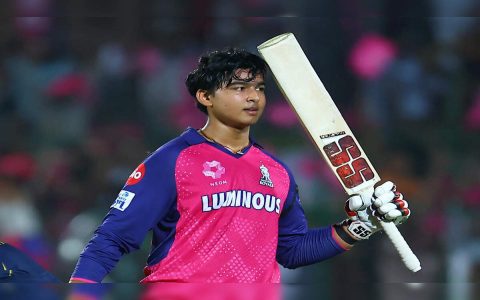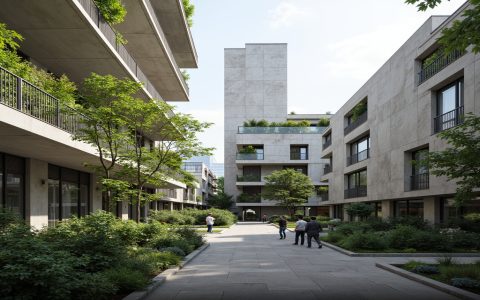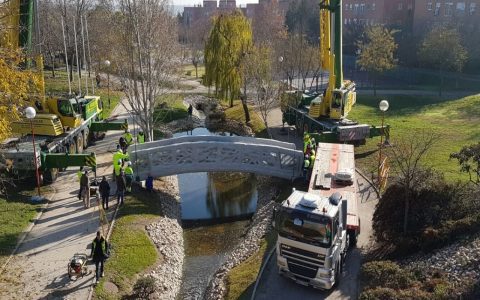Understanding cricket stand costs requires dissecting key components influencing pricing. Construction materials form the foundational expense. Galvanized steel provides superior strength and longevity for permanent or semi-permanent installations, reflecting a higher initial investment. Aluminum offers significant advantages for mobile spectator stands, being substantially lighter (easing transport and setup) and naturally corrosion-resistant, though typically at a premium cost per seat compared to basic steel structures.
Seating Tier Options & Price Variations
- Single Tier Stands: Most budget-friendly, ideal for limited space or infrequent use. Cost scales directly with seat count and height.
- Multi-Tier Stands: Deliver higher spectator capacity per footprint. Expect a 30-70% cost increase per seat over single tier due to complex engineering, additional materials for supporting frameworks, stairs, and safety barriers.
- Accessories: Integrated steps, kickboards, wind nets, wheelchair platforms, and covered roofs add 15-50% to the base structure price.
Critical Factors Impacting Your Budget
- Seat Type: Moulded plastic seats are standard and economical. Individual bucket seats or bench seating with backs increase comfort and cost. Unseated terrace options exist but limit usability.
- Capacity & Dimensions: Larger stands benefit from economies of scale per seat. Required deck height (ground clearance) influences structure complexity.
- Decking Material: Anti-slip aluminum planks are durable and low-maintenance (standard). Pressure-treated timber decking offers a lower upfront cost but incurs higher lifetime maintenance.
- Mobility: Mobile stands require robust axle systems, brakes, and lifting points (jacking legs or hydraulic), adding 20-40% over fixed-base equivalents. Trailers significantly increase cost.
- Ground Conditions: Complex foundations for unstable ground raise installation costs. Simple ground anchors suffice for many mobile units.
Strategic Budget Control
- Modular Expansion: Design future-proof modular units allowing incremental capacity additions, spreading capital expenditure.
- Lease vs. Buy Analysis: For seasonal needs or short-term events, leasing mobile stands eliminates large upfront costs and maintenance overheads. Calculate total cost of ownership (lease fees over expected usage period vs. purchase price + maintenance/storage).
- Prioritize Core Features: Focus budget on structural integrity, certified safety (check for EN 13200 compliance or relevant regional standards), and essential spectator safety features. Consider delayed upgrades like covered roofs.
- Supplier Expertise: Choose manufacturers specializing in sports structures with proven cricket stand experience. They provide accurate cost engineering and value-optimized designs. Request detailed, fixed-price quotes breaking down all elements.
Finding Value Without Compromise
- Balance Material Choices: Use galvanized steel for primary framework strength where possible, opting for aluminum strategically for heavy-lift mobile components.
- Standardization: Use standard profiles and module sizes avoiding excessive customization.
- Evaluate Full Lifecycle Cost: Factor in installation, maintenance, expected lifespan, and potential resale value. Cheapest initial options often cost more long-term.
- Multi-Sport Versatility: Consider if stands can be used for other club sports (rugby, athletics) to justify investment. Mobile stands offer this flexibility.
By strategically selecting specifications based on genuine needs, prioritizing safety and durability fundamentals, and exploring flexible procurement like modular buying or leasing, clubs can secure effective spectator facilities without exceeding financial constraints. Obtain multiple supplier quotes focusing on detailed specifications and independent safety certification evidence.







